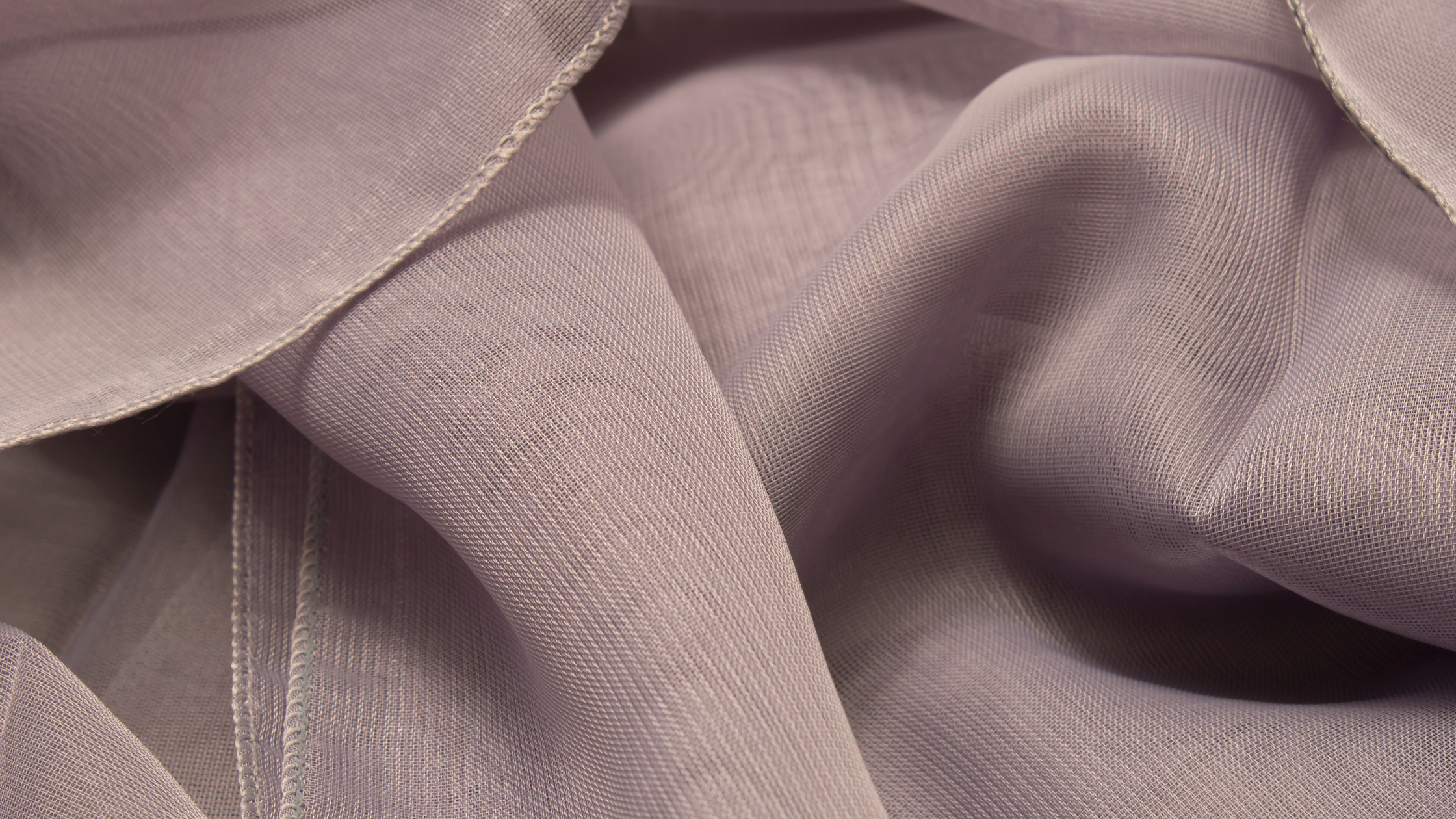Good afternoon and welcome to this new Shenty Blog post. After a few weeks off, due to the planning of the new autumn / winter collection , we are back and we are here to discuss a very important topic inherent in our sector , namely that of textiles and fashion. Today we are going to talk specifically about synthetic fibers.
THE RISE OF POLYESTER
Most people, when buying a piece of clothing, do not ask themselves any question about the type of material with which it is made and especially how that fabric was produced. This is one of the main causes that led synthetic fibers to have exorbitant success in the fashion industry. The ignorance and above all the indifference of most of us is leading these fibers to be one of the biggest causes of pollution on our planet.
By synthetic fibers, we mean all those fabrics that are made artificially . Just like for the production of plastics , these fibers are obtained through chemical processes deriving from petroleum . So let's go and see the production process of Polyester , which today represents the most used textile fiber in the world , having even surpassed cotton.
1) Inside the petrochemical refineries, the oil is subjected to a process in which through heat, high pressure and the use of chemical solvents it is transformed into Pellets
2) The pellet obtained is melted and stretched to create a very versatile artificial yarn
3) The yarn is woven and mixed with other synthetic or natural materials (such as cotton) to create an immense variety of garments.
The main advantages that the leading companies in the sector find in Polyester are precisely its extreme versatility , the possibility of mixing it with other fabrics, and its very low production cost .
The use of polyester in the fashion industry is practically everywhere , from sportswear to synthetic furs, to silk dresses. During its rise it was marketed as more sustainable than natural fibers, as it requires less water, and less use of fertile soil. Moreover, Polyester is not only adored by Fast Fashion companies, but also by High Fashion brands, which make an immense use of it, managing to derive impressive profits from the sale of synthetic garments. But let's analyze in detail the countless environmental misfortunes caused by the production of polyester and synthetic fibers.
THE ENVIRONMENTAL IMPACT OF SYNTHETIC FIBERS
The environmental effects deriving from the excessive use of these fibers are varied. Let's start with energy consumption, in which the production of polyester competes by emitting approximately 280 million tons of CO2 per year, or three times that emitted by cotton.
Then to get to the whole discussion related to the small plastic particles that are released during the washing of these fabrics. Microplastics are discharged into the oceans and pollute the waters of our seas and rivers, poisoning animals, fish and entering directly into our food chain . The paradox is represented precisely by the fact that these particles can enter our stomach directly after eating fish!
Several studies have revealed that 35% of microplastics present in the oceans derive precisely from fabrics , making them the largest source of microplastic pollution in our planet's waters.
Add to this the fact that most of these clothes are thrown into landfills after their life cycle. Here they remain abandoned polluting our air, or worse still burned . Only 13% of these garments are used for recycling production. Just like plastic, synthetic fibers are "forever" as they are not biodegradable and disposable in any way that does not include polluting solutions.
THE IMPORTANCE OF RECYCLING
So we find ourselves again underlining the importance of recycling in fashion. For any company that produces clothing, recycling these fabrics is not important but it is essential.
Using existing materials to create new garments, without having to produce additional synthetic or natural fibers, can and must be an immediate solution . For this reason, in our collections we have chosen to make not only organic cotton products, but also others made in a small percentage with recycled polyester.
However, we must deal with the truth: the pace of production of garments disproportionately exceeds the demand . Continuing to launch new collections weekly as all the brands related to fast fashion do today represents an inhuman madness.
The biggest concern in the fashion world today is the fact that there are too many clothes! The problem is therefore not linked exclusively to individual fashion brands, but to a corrupt system and a consumer society , which leads to an overproduction of clothing.
We therefore conclude this article by emphasizing the importance of the Slow Fashion ethics: less production, more quality . Using sustainable or recycled fibers without respecting this type of ethics is the emblem of inconsistency . We therefore invite you to be wary of all those brands that openly declare themselves eco-sustainable, launching new collections and a disproportionate amount of products with considerable frequency.
